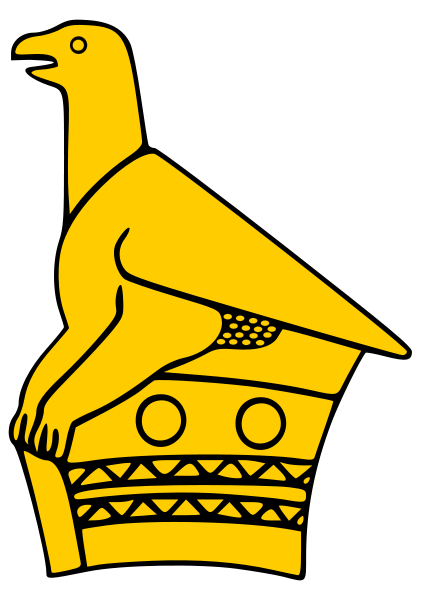The Pantheon
Having withstood the rogours and fashions of almost two millennia, the Pantheon is the best-preserved ancient Roman building and one of those sights that gets more fascinating every time you visit.
Dedictaed to 'all the Gods', the Pantheon gets its name from the Greek words pan ('all') and theos ('god'). General Marcus Agrippa built an earlier temple here in 27BC and, although Hadrian constructed this version around AD120, Marcus is credited on the fascade's inscription.
Its dramatic, imposing interior with Corinthian columns (each a single piece of stone) and a triangular pediment was supposedly designed to hide the dome. The plan was to fill unsuspecting visitors with a sense of 'wow' when they entered and, after all this time, the plan's still working. The extraordinary dome is a perfect semi-sphere and considered the most important achievemnet of ancient Roman architecture.
Because it was consecrated as a church in AD606, the building was spared the Christian neglect that left other structures to crumble - although it wasn't entirely safe then, with Pope Urban VIII allowing Bernini to strip what was left of the ceiling's bronze cladding to reuse in St Peter's Basilica. Thankfully, they left the original Roman bronze doors.
The first Italian king, Victor Emmanuel II and the artist Raphael are buried here.
Stendhal wrote that he had never met anyone who could remain impassive at the sight of the Pantheon's interior, where its great dome vault creates a sense of the sublime. Another great thing about the Pantheon, he wrote, is that you can visit it so quickly.



 Next
Next